Last conference Sister Dennis talked about how the garment is a symbol of Jesus Christ. I’ve seen many people express confusion and surprise about this teaching. I certainly hadn’t thought of garments in that way before, but it fits quite well with how I understand the temple’s symbolism. Church curriculum leans heavily on literal interpretations of scripture. This lack of training in figurative language can make it hard for members to create meaning around the symbolic experiences of ordinances. I can sympathize with the church’s reluctance to discuss symbolic interpretations of ceremonial ordinances. These are experiences that can have evolving meaning in different life contexts, and having an “official interpretation” could be quite limiting. However, learning about how someone else understands some of the symbols can open eyes to new ways of thinking, just like Sister Dennis did for me.
Symbols can have many meanings. Humans have to be taught the language of symbols: no one is born knowing the meanings of the shapes we use to represent numbers and letters. I like symbolic thinking, and I crave more discussions about symbols in church spaces. This post will explore some of my interpretations of temple ceremonies. I will not be discussing anything relating to the portions of the temple that we promise not to reveal. Do not discuss those portions in the comments.
I see so much birth imagery in many of our ordinances. I’ve written about birth imagery in the sacrament here. Many Christian traditions see baptism as being “born again”. In this post, I will talk about birth imagery in initiatories and in the process of going through the veil.
During initiatories we are symbolically washed, anointed, blessed, and clothed. Similarly, in the first hours after a baby is born they are
1) washed
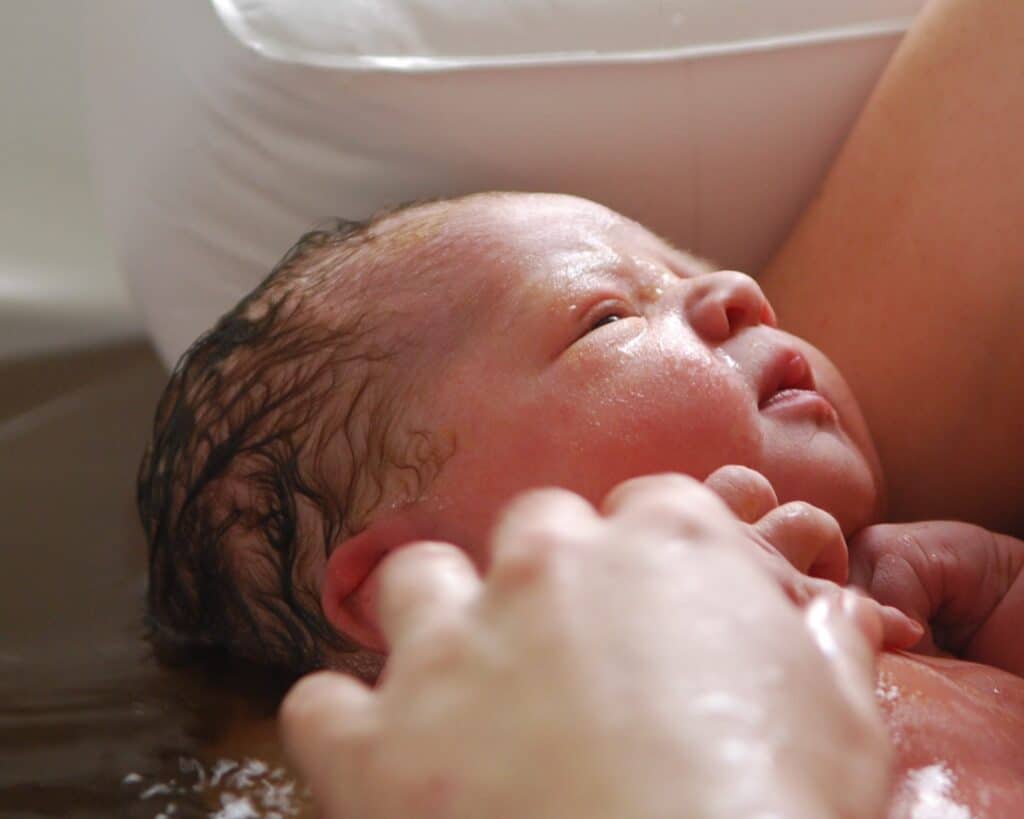
Birth is messy. There is blood. Sometimes there’s poop. Washing is a necessary thing to do after birth.
2) anointed
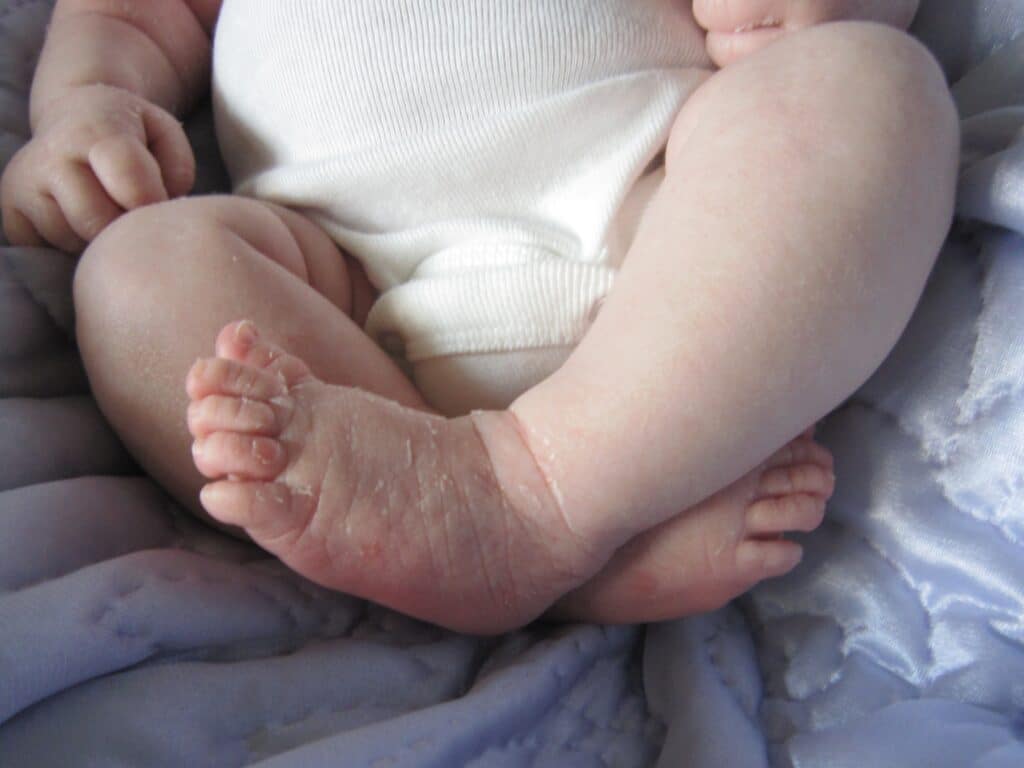
Babies are born with a waxy coating called vernix. It can be rubbed into their skin as a moisturizer. My babies were very overdue, so they had lost most of their vernix before they were born, and they all had dry, peeling skin. My (nonmember) midwives recommended olive oil as a gentle emollient.
3) examined
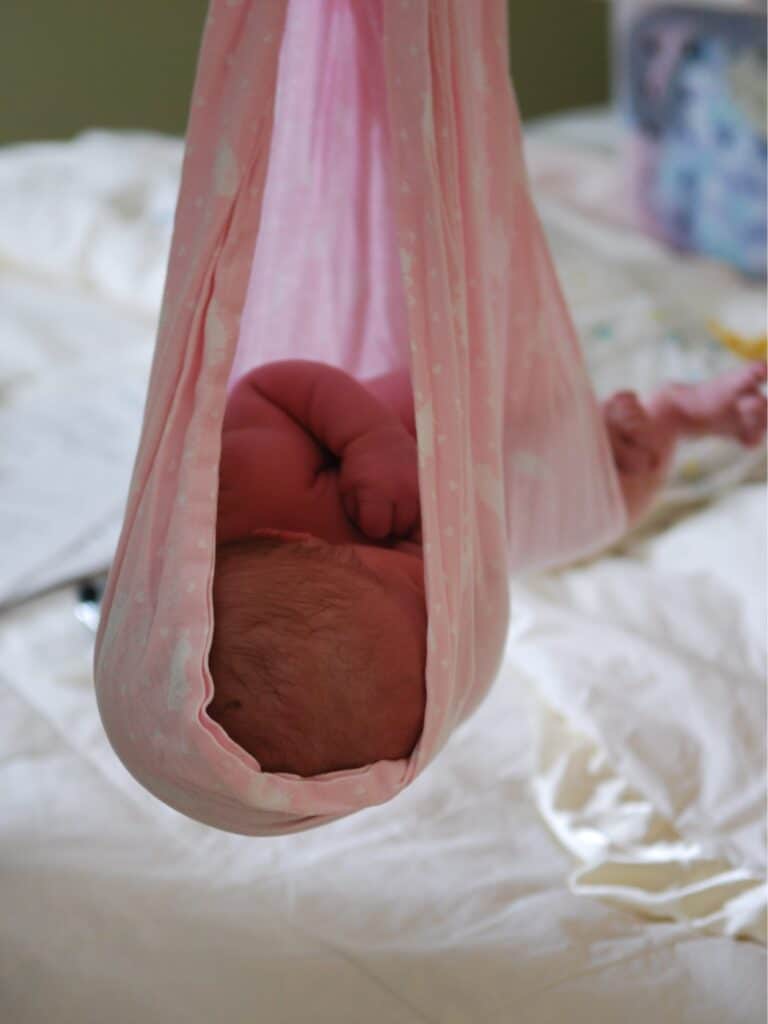
During a newborn exam the baby is weighed and measured. The examiner inspects all the baby’s visible body parts. They listen to the innermost parts of the baby’s being. If any of the baby’s parts seem unusual, a medical specialist may help the baby grow in a way that is beneficial to their health.
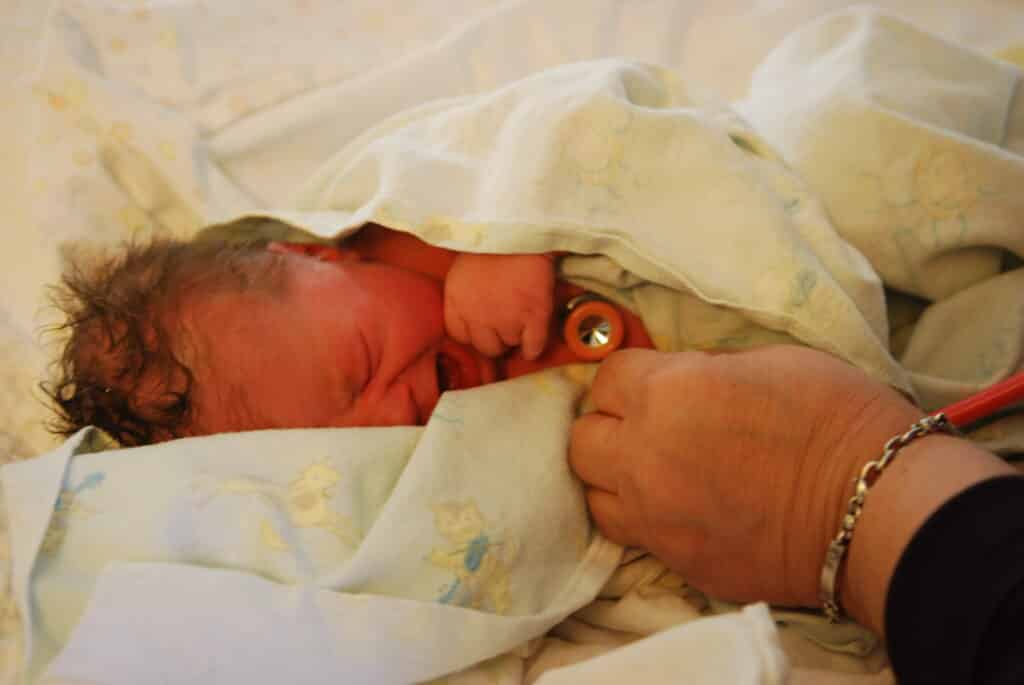
Gospel teachings about the final judgment don’t usually resonate with me, but writing this post has helped me connect some beautiful imagery to the idea of a judgment day. Birth is both great and dreadful. Like the things that happen after a baby is born, the things that happen during the judgment day follow a pattern. Each life will be examined and measured. God will listen to the innermost parts of every soul. If any of the parts are found lacking, each soul can get assistance to help them create a healthy form.
4) clothed
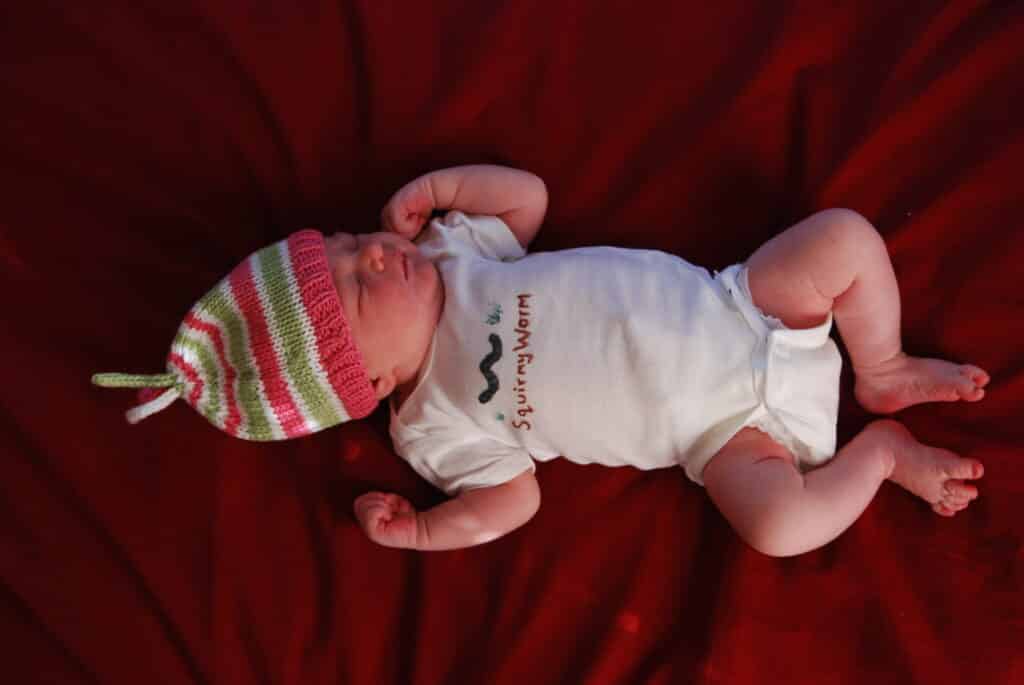
Many parents put extra thought and care into a baby’s first outfit. It might have been given to the child by someone special. It might have been picked out because it represented something the parents love or something they hope for their child. Each of our babies wore their own hand-decorated onesie. Creating the onesie became a family ritual as we anticipated each new arrival.
The garments can represent the coat of skins given to Eve and Adam when they left Eden. The animal was sacrificed for their comfort and protection. This animal sacrifice can be a reminder of Jesus’ atoning sacrifice. However, there are more ways to understand the symbolic nature of the garment. Last conference helped me see a new way to understand what they can represent.
I see garments as another part of the birth symbolism present in temple ceremonies. One of the strange and marvelous things about human life is that (so far) every single person that has ever lived on earth has come through the body of a mother, one way or another. That’s just how birth works. The church teaches that we had a premortal existence and that the plan was for us to come to earth to gain a body. To get from that premortal life to life on earth, we had to go through a woman’s body.
Premortal life → woman’s body → earth life
Several years ago, I was feeling pretty frustrated because a number of church lessons, as well as the temple endowment and sealing ceremonies, seemed to be teaching me that the path to eternal life looked like this:
Earth life → ordinances performed by men with priesthood authority → eternal life
Then I had an epiphany. I have often heard at church that the Jews didn’t understand that the sacrifices of the ancient Israelites were supposed to point them to the atonement of Christ. Our modern ordinances are also supposed to point us to Christ. As I understand it, the core of church doctrine is that because of Christ’s atoning sacrifice, all humankind can live again. Jesus is the passageway, the mother, into the next life. Jesus is the veil (with its accompanying umbilical cord and nipples.) I’m much happier with this updated flow chart:
Earth life → atonement of Christ → eternal life
The ordinances are there to teach and remind us of the atonement. Because they are teaching tools and not the actual event, it shouldn’t matter so much about who performs the ordinances. In theater, an actor plays at being someone they are not. A man may play a female character and a woman may play a male character. I grew up watching Mary Martin play Peter Pan. The gender mismatch doesn’t matter because the actor is a symbol for the character. Play and variation is a fantastic teaching tool. I wonder what we would learn about the atonement if all people could play all the roles in our ordinances.
Before last conference, I had never connected garments directly to Jesus. With my flowchart, I had connected Jesus to the veil. The veil and garments have obvious similarities. Sister Dennis’ words brought me to the logical conclusion that Jesus must also be connected to the garment. I understood the veil (and by extension Jesus) to be the mother-like passageway into the next life. How are garments a passageway?
The close association between the veil and the garment allows us to experience the same symbols at two different timescales. Passing through the temple veil only takes a few minutes. The process of going through the veil represents a form of birth. Birthing a baby is not as simple as stepping through a veil. It takes time. The baby has to navigate a strait and narrow path—something they’ve never done before. Moving out of the womb and into the world through birth generally takes hours, if not days. While those hours can certainly seem eternal, birth is a relatively brief but necessary part of earthly life. Likewise, we’re taught that life on Earth is a brief but necessary part of eternal life. Both birth and our journey through life are difficult, dangerous paths. Our earthly life can be thought of as the time when we are in the process of being born into eternal life.
The timescale for being born to eternal life is one’s whole mortal existence. Garment-wearing may span the majority of a person’s life. When a person is wearing garments, they are symbolically within the veil. The bulk of a person’s adult life may be spent with their body closely surrounded by symbols of the passageway from one life to the next. The passageway from the womb to earthly life is the birth canal. A woman’s body surrounds a baby’s during birth. Garments also surround a naked body. If going through the veil represents the birth into eternal life, and the only way to get to eternal life is through Jesus, then wearing the garment is like being in Jesus’ birth canal. When we are wearing garments, we are symbolically in the passageway that leads to eternal life. Garments are a reminder that our actions need to coordinate with the shape of Jesus’ boundaries to safely pass to the next life.
I’m adding a pause here to just kinda let that previous paragraph sink in. It took a while for me to wrap my head around Jesus having a figurative birth canal, even though I’d already connected the flesh and blood of the sacrament to gestating and nursing a baby. Adding the garment/Jesus/birth canal symbol to my vocabulary fits comfortably with the symbols marked on the garment. I have all sorts of feelings about reading garment symbolism this way, but I also haven’t felt so spiritually engaged with temple rituals in a long time.
Seeing Jesus in such feminine symbolism is fascinating. The temple ceremony currently requires participants to fit into one side or the other of a gender binary. Jesus does not fit on either side of that binary because of his association with the veil and the garment. I find beauty in seeing him in these symbols. Thinking of going through life/birth together with Jesus is a captivating idea. There is so much more I have to learn about the nature of Jesus.


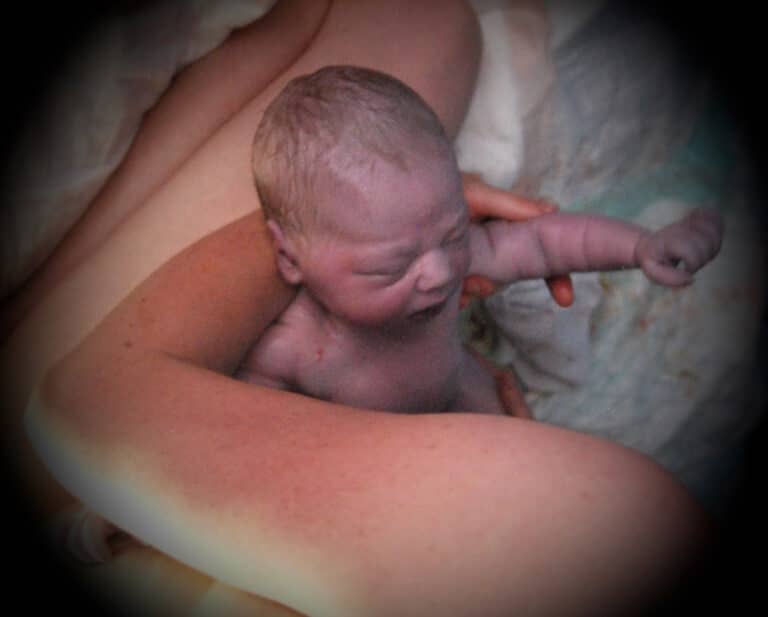
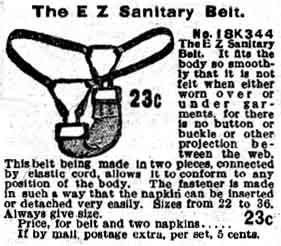

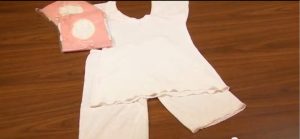

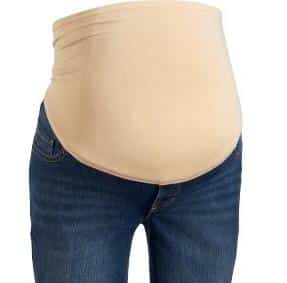


2 Responses
What an interesting and beautiful perspective. It’s some lovely food for thought. Thanks for sharing.
Thanks for this intriguing and wonderful insight!